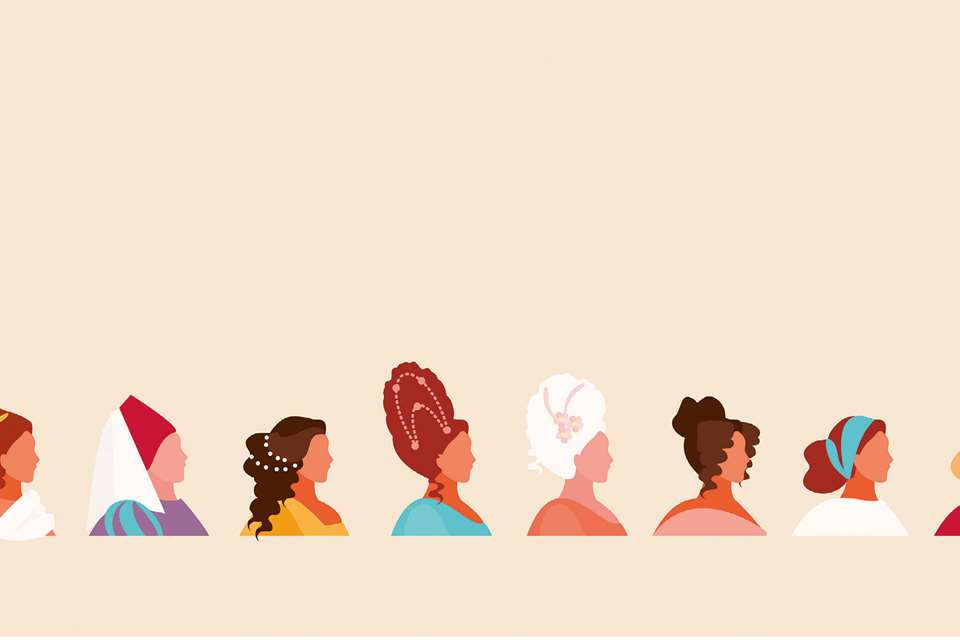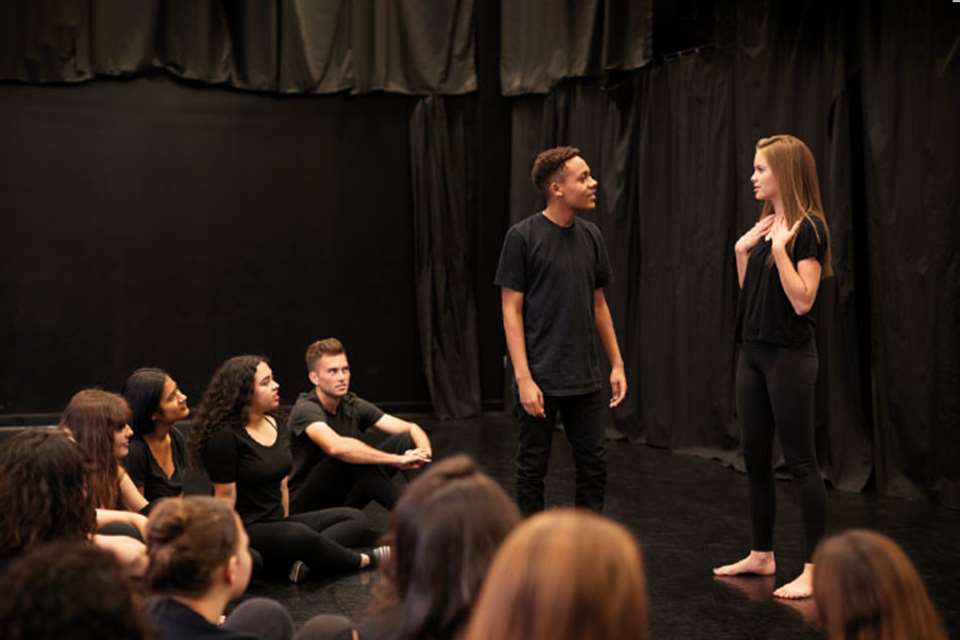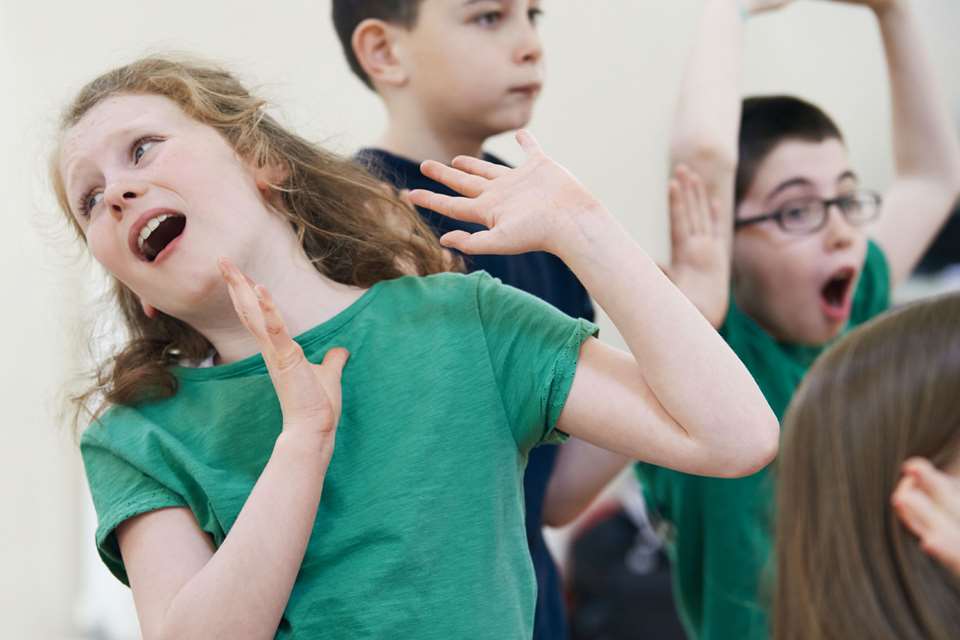Drama Strategy: Teaching second languages through drama
Patrice Baldwin
Tuesday, February 1, 2022
Teachers of second languages often use drama games in lessons. They can be an enjoyable, active and interactive way of introducing and reinforcing vocabulary and phrases. Role-play scenarios are often used too, within which students can practise using a second language.

Adobe Stock/ Rudzhan
Beyond this, language teachers may be able to facilitate a whole class drama, offering a more immersive and sustained second language experience for students. Drama can hook and hold students’ attention and is an emotionally and cognitively engaging medium. It is a world away from the rote learning of languages. The drama stimulates talk, and the students know that what they say matters within the drama and might influence its direction. Even very inhibited students who are reluctant to speak their second language in front of classmates often find that their urge to speak in the drama outweighs their inhibitions about doing so.
Whole class drama usually involves the improvisation of scenes. The students are then speaking spontaneously and ‘in the moment’. At other times, scenes are devised, and this may require them to share and discuss ideas first, (maybe using their mother tongue) and then to rehearse and perform (using their second language).
Talking and writing in role
Different roles in a drama can require students to use different vocabulary and to shift speech register. For example, if there was a theft within a drama, students might be talking in role as a thief, eye-witness, police officer or newspaper reporter. They might also be required to write in role, such as a signed statement, personal diary entry or letter to a friend, police report, newspaper article, and so on. The drama provides contexts, content, purposes and reasons for talking, listening and writing in role, for different purposes and responsive listeners, readers and imagined audiences.
Using drama strategies as talk frames
Drama strategies can be used as ‘talk frames’, and teachers can select and adapt them to meet the needs of both their language learners and the drama. Drama strategies each have their own configurations and talk protocols. Teachers can adjust their instructions, so as to alter the linguistic demands they are making of their students. For example, for a Conscience Alley, the teacher might say ‘as the character passes by you, speak as if you are that character (in the first person)’ or ‘As the character passes by you, speak about the character (in the third person)’.
Thought-walk: The students walk around the room talking to themselves in role in first person monologues. No-one is listening or witnessing their performances. This can be used as a way of rehearsing what they go on to say to someone in the drama.
Collective role: A group of students talk in turn as a single character. They need to listen to each other well to ensure consistency of character, content, speech style and register.
Hot-seating: The students can be invited to question a character from the drama. Pairs of students could discuss possibilities and agree some questions (using their mother tongue) and then they could ask the questions, using their second language.
Rumours: They move around the room in role, spreading and listening to rumours connected with the drama. This enables the students to initiate, replicate or elaborate on whatever is being said.
Eavesdropping: The teacher freezes a group of students rumouring and walks past each person. When the teacher is near anyone they thaw and continue gossiping, then freeze again once the teacher moves on.
Talking objects: Instruct students to become objects in a drama that can talk and can answer questions. These can belong to a character and can be questioned about characters, situations, and events that they have eye-witnessed and/or overheard.
Mantle of the expert: In role as ‘experts’ in various fields (such as archaeologists, botanists) the students can practise using occupational vocabulary within their co-imagined, employment context. They can try using the appropriate style and register, maybe when making formal presentations and/or presenting reports, such as when commissioning clients for example.
Whoosh!: A class circle (standing). The teacher narrates the story of the drama, while moving along the circle, signalling to individuals, pairs, and groups of students in turn, to step forward and mime whatever is being re-told at that moment. When the space gets crowded, the teacher calls out, ‘whoosh!’ repeatedly, while waving his/her arms from side to side, (signalling that everyone should now return to the circle's edge). The teacher then continues, until the story ends. The teacher is modelling narrative storytelling and can choose to use and emphasise specific words and phrases that he/she wants the students to remember and use too. Afterwards, the students can become the storytellers. One student speaks the opening sentence of the story and in turn, they each add a sentence, continuing around the circle, until the story ends.









